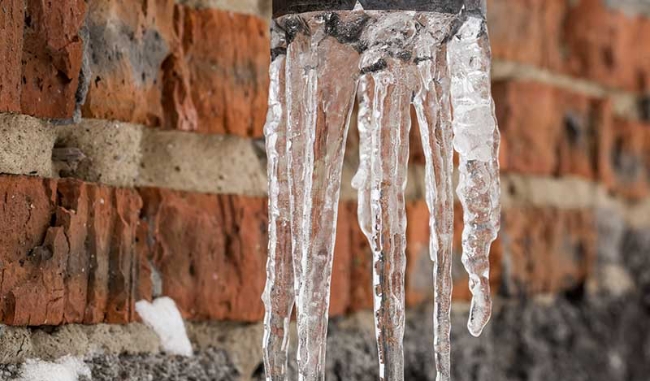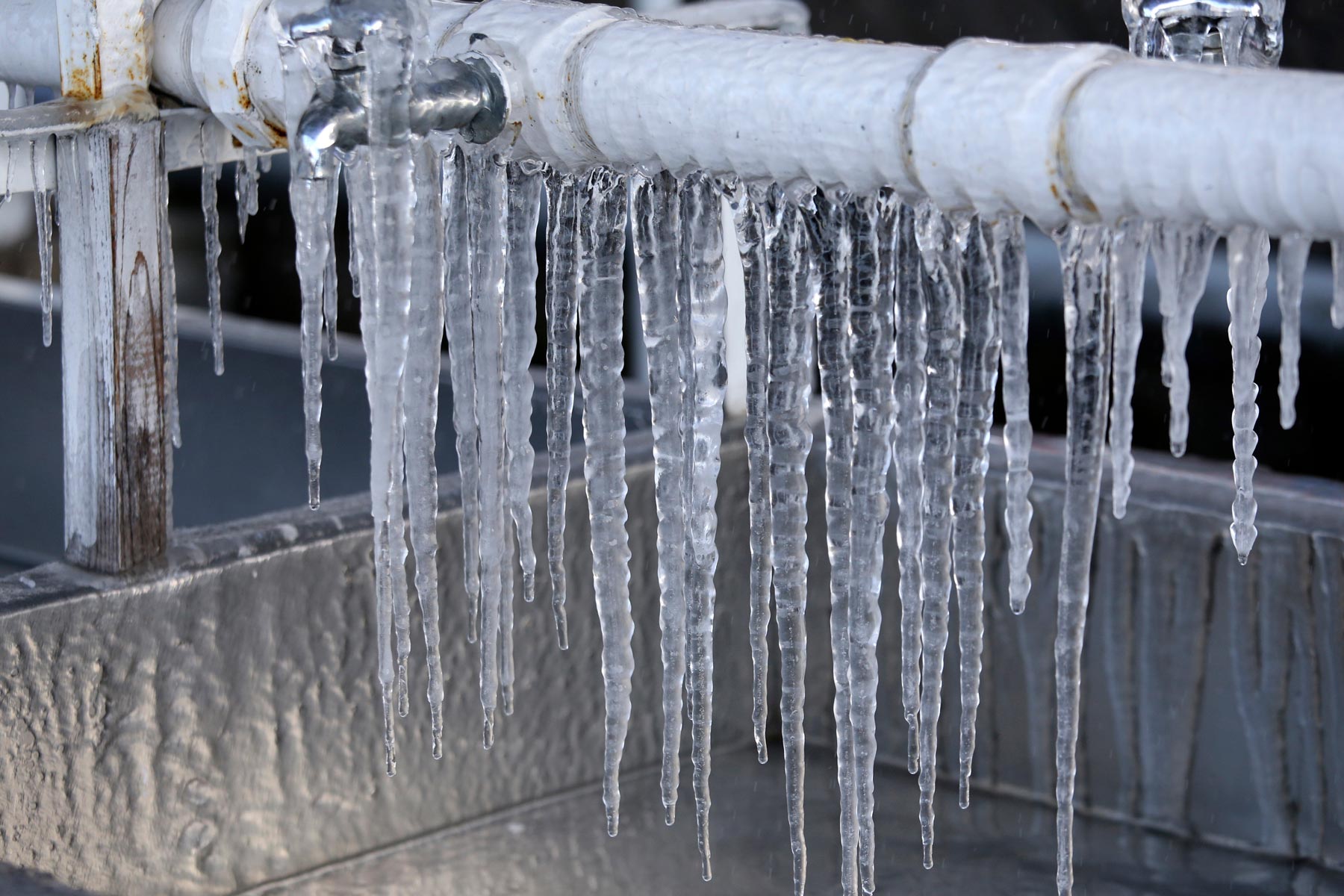Tips to Safeguard Your Pipes from Cold Weather: Specialist Advice
Tips to Safeguard Your Pipes from Cold Weather: Specialist Advice
Blog Article
How do you actually feel in regards to Helpful Tips to Prevent Frozen Pipes this Winter?

Cold weather can ruin your pipes, particularly by freezing pipes. Right here's just how to avoid it from taking place and what to do if it does.
Introduction
As temperatures decrease, the risk of frozen pipes increases, potentially causing pricey repair work and water damages. Comprehending just how to stop icy pipelines is crucial for property owners in cool environments.
Recognizing Icy Pipes
What causes pipelines to ice up?
Pipelines freeze when exposed to temperatures listed below 32 ° F (0 ° C) for prolonged periods. As water inside the pipes ices up, it expands, taxing the pipe wall surfaces and potentially causing them to break.
Risks and damages
Icy pipes can bring about water system disruptions, property damages, and expensive fixings. Burst pipelines can flood homes and create considerable structural damage.
Indicators of Frozen Piping
Recognizing frozen pipelines early can prevent them from breaking.
Just how to recognize icy pipelines
Search for decreased water circulation from faucets, uncommon smells or noises from pipes, and visible frost on revealed pipelines.
Prevention Tips
Insulating vulnerable pipes
Cover pipes in insulation sleeves or utilize heat tape to safeguard them from freezing temperature levels. Concentrate on pipes in unheated or exterior areas of the home.
Heating methods
Keep indoor areas sufficiently heated, particularly areas with pipes. Open cupboard doors to enable cozy air to circulate around pipelines under sinks.
Protecting Outside Pipes
Garden hose pipes and exterior taps
Disconnect and drain yard tubes before winter. Install frost-proof faucets or cover outdoor faucets with shielded caps.
What to Do If Your Pipelines Freeze
Immediate activities to take
If you think icy pipelines, maintain faucets open up to alleviate pressure as the ice thaws. Utilize a hairdryer or towels soaked in hot water to thaw pipelines slowly.
Long-Term Solutions
Structural modifications
Take into consideration rerouting pipelines far from exterior wall surfaces or unheated areas. Add added insulation to attic rooms, cellars, and crawl spaces.
Upgrading insulation
Buy top notch insulation for pipes, attic rooms, and walls. Proper insulation aids preserve consistent temperatures and reduces the danger of icy pipes.
Verdict
Avoiding icy pipelines requires aggressive measures and fast feedbacks. By recognizing the causes, indications, and safety nets, property owners can safeguard their plumbing during cold weather.
5 Ways to Prevent Frozen Pipes
Drain Outdoor Faucets and Disconnect Hoses
First, close the shut-off valve that controls the flow of water in the pipe to your outdoor faucet. Then, head outside to disconnect and drain your hose and open the outdoor faucet to allow the water to completely drain out of the line. Turn off the faucet when done. Finally, head back to the shut-off valve and drain the remaining water inside the pipe into a bucket or container. Additionally, if you have a home irrigation system, you should consider hiring an expert to clear the system of water each year.
Insulate Pipes
One of the best and most cost-effective methods for preventing frozen water pipes is to wrap your pipes with insulation. This is especially important for areas in your home that aren’t exposed to heat, such as an attic. We suggest using foam sleeves, which can typically be found at your local hardware store.
Keep Heat Running at 65
Your pipes are located inside your walls, and the temperature there is much colder than the rest of the house. To prevent your pipes from freezing, The Insurance Information Institute suggests that you keep your home heated to at least 65 degrees, even when traveling. You may want to invest in smart devices that can keep an eye on the temperature in your home while you’re away.
Leave Water Dripping
Moving water — even a small trickle — can prevent ice from forming inside your pipes. When freezing temps are imminent, start a drip of water from all faucets that serve exposed pipes. Leaving a few faucets running will also help relieve pressure inside the pipes and help prevent a rupture if the water inside freezes.
Open Cupboard Doors
Warm your kitchen and bathroom pipes by opening cupboards and vanities. You should also leave your interior doors ajar to help warm air circulate evenly throughout your home.

I hope you enjoyed our part on Helpful Tips to Prevent Frozen Pipes this Winter. Thank you so much for taking time to browse our content. Loved our write up? Please share it. Let another person locate it. Thank-you for your time invested reading it.
Get Offer Report this page